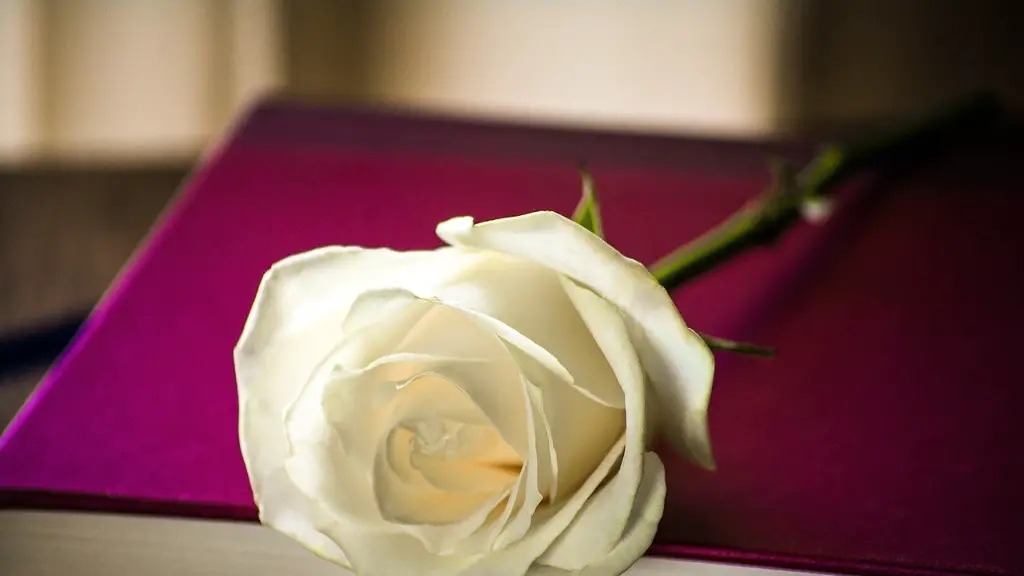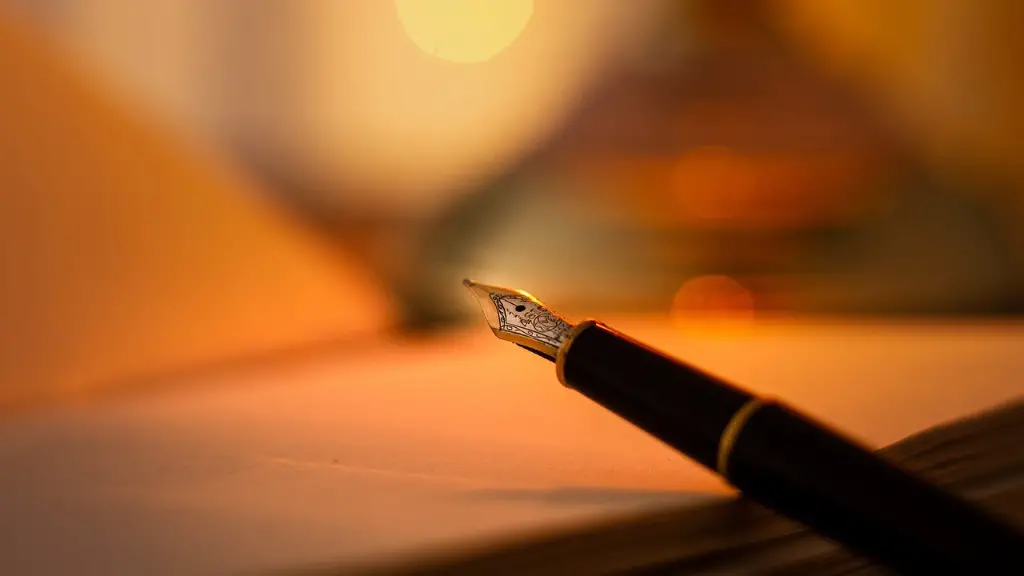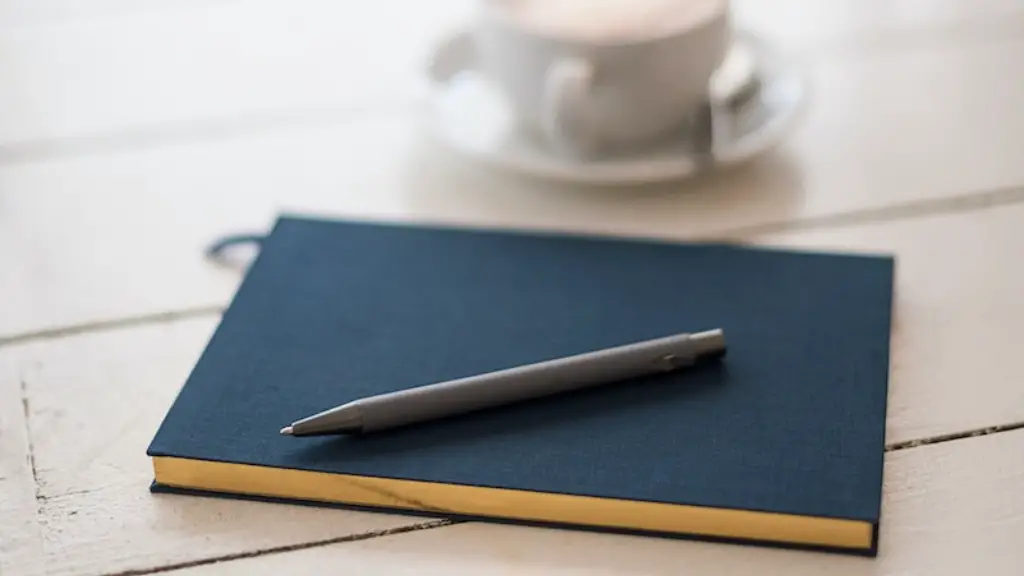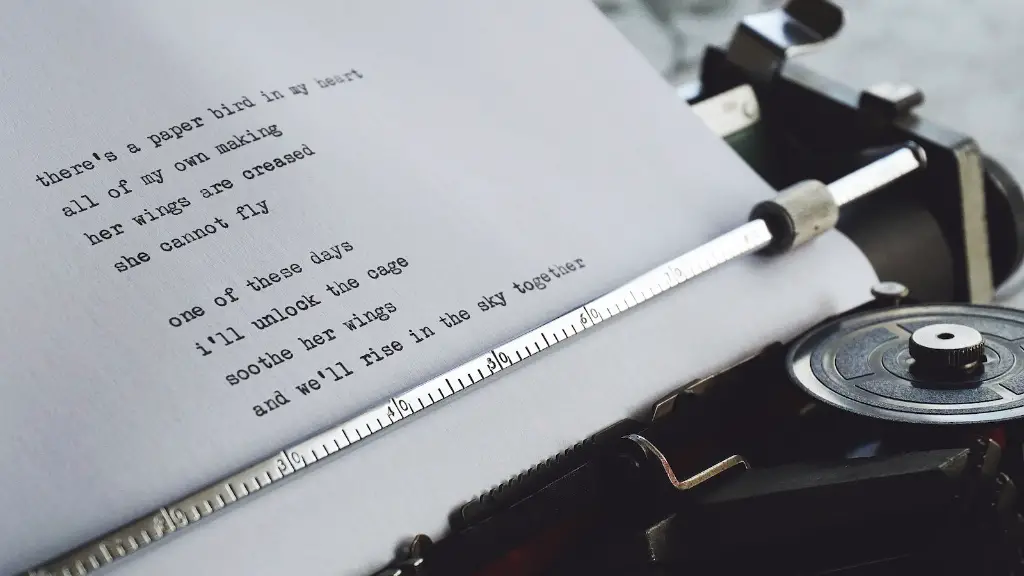1. Introduction
Beatnik poetry is an offshoot of the Beat Generation literature which emerged in post-World War II United States. It is a form of free-form poetry with an emphasis on individual expression, emotional intensity, and total disregard for literary convention. This writing style is known for its rebellious, countercultural spirit and its rejection of the traditional poetic forms such as sonnet and rhyme. As challenging and experimental as it is, beatnik poetry can be just as enjoyable and emotional as traditional forms of poetry. Learning how to write beatnik poetry is a great way to explore different forms of creative writing and express oneself in a vulnerable and powerful manner.
2. What You Need To Know
Before writing beatnik poetry, it is important to do some background research about the genre. The Beat Generation was a literary movement spearheaded by writers such as Jack Kerouac, Allen Ginsberg and William Burroughs in the 1950s and 1960s. It was a direct response to the traditional values of its time and was characterized by its frank and rebellious nature. Beatnik poetry is based on the same philosophy and draws inspiration from its predecessors. Knowing this will help you understand the spirit of beatnik poetry and use it to inform your writing.
3. Form and Structure
The most important thing to remember when writing beatnik poetry is that form and structure do not matter. This form of writing is all about individual expression and emotional intensity. There are no rules or conventions to follow, so you are free to write in whatever way feels right. That being said, there are some tips and tricks to help you write in the unique style of beatnik poetry.
The first thing to consider is the tone of your piece. Beatnik poetry is heavily based on emotion, so your writing should be just as emotionally charged. Choose words and phrases that are powerful and that evoke strong feelings.
The next thing to consider is the format. Beatnik poetry does not have to have a certain form or structure, but using a certain one can help create a certain rhythm to your piece. This could include repeating certain phrases or words, choosing a specific length for your lines, or adding rhymes and rhythms.
4. Language and Imagery
The language you choose in your beatnik poetry has the power to make it truly stand out. Beatnik poetry is often characterized by its rebellious use of language and disregard for conventions. This includes slang words and phrases, vulgarity, and references to social and political issues. These elements of the language can add energy, intensity and an authentic sense of emotion to your words.
Incorporating vivid and descriptive imagery is also very important in beatnik poetry. This can be done by using metaphors, similes and other types of figurative language. Beatnik poetry is all about connecting with the reader and evoking emotion, so using imagery can be a great way to do this.
5. Make it Personal
Another important aspect of beatnik poetry is its uncompromisingly personal nature. Beatnik poetry is a great opportunity for you to express your thoughts and feelings in a raw and honest way. As such, it is important that your poem speaks to your own ideas and experiences. This can include topics such as marginalization, injustice, poverty, and oppression, as these were some of the issues addressed by the Beat Generation. Alternatively, it can be about something more personal such as relationships, dreams, and struggles.
6. Reflection
The Beat Generation was known for its radical ideas and its rebellious attitude. The same spirit should be found in your beatnik poetry. Think about the message you want to convey and craft your poem to reflect your beliefs and values. Don’t be afraid to be bold and courageous and to express yourself in a meaningful way.
7. Editing
When you are done writing your poem, take a step back and review it. Think about how it sounds and how it reads. Does it evoke emotion? Is it filled with imagery and vivid language? Has it conveyed the message you want it to? If not, don’t be afraid to edit and rewrite sections until you are satisfied with the result.
8. Referencing Other Writers
The works of other Beat Generation writers can be a great source of inspiration when writing your own beatnik poetry. Read the works of Jack Kerouac, Allen Ginsberg, William Burroughs, and other well-known beatnik poets. Consider their writing styles, their use of language, the topics they choose to write about, and the overall themes of their work. You can also draw inspiration from these works by creating your own spin on the topics and themes they discuss.
9. Publishing Your Work
Once you are satisfied with your beatnik poem, it is time to share it with the world. While traditional beatnik poetry often used an oral format for sharing, in the digital age, there are many ways to get your work out there. You can opt to self-publish your work on your own website or blog, or you can submit it to journals and publications for a chance to be featured. Whichever you choose, the important thing is to celebrate your hard work and share it with the world.
Expanding On Beatnik Poetry
1. History
The Beat Generation was a literary movement born in 1950s America. It emerged from a time of great social and political turmoil and provided a much-needed injection of counterculture and rebelliousness. Its works challenged the status quo and tackled topics such as alienation, poverty and political injustice in a frank and unapologetic manner. The most famous figures associated with the Beat Generation are Jack Kerouac, Allen Ginsberg and William Burroughs. Their works and ideas became an important source of inspiration for beatnik poets and shaped the genre of beatnik poetry in a fundamental way.
2. Influences On Modern Culture
The influence of the Beat Generation on modern culture cannot be overstated. The work of its writers was so groundbreaking and revolutionary that it inspired an entire generation of poets and writers to challenge conventions and speak up against injustice. Today, the themes of the Beat Generation are still relevant and its poetry provides a great source of inspiration for many artists.
3. Writing Challenge
Writing beatnik poetry can be a great way to express oneself and to challenge traditional forms of writing. One way to do this is to create a writing challenge for yourself. Pick a topic that you find intriguing and experiment with new styles and ideas. This can be a great way to explore your creativity and challenge yourself to think outside the box.
4. Collaboration
Beatnik poetry is all about collaboration and connecting with others. Find a partner or a group of poets who share your same interests and work with them to create something unique. Each poet can contribute their ideas and work together to craft a piece that is more powerful than anything they could do alone. Collaboration is a great way to explore new ideas, learn from each other, and create something special.



